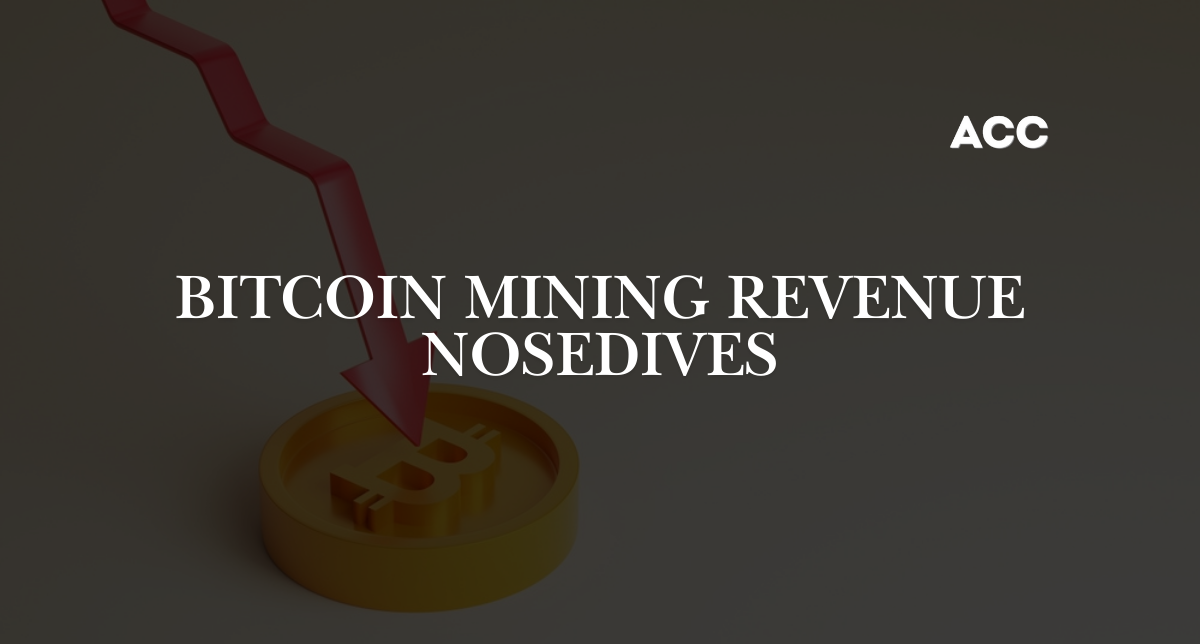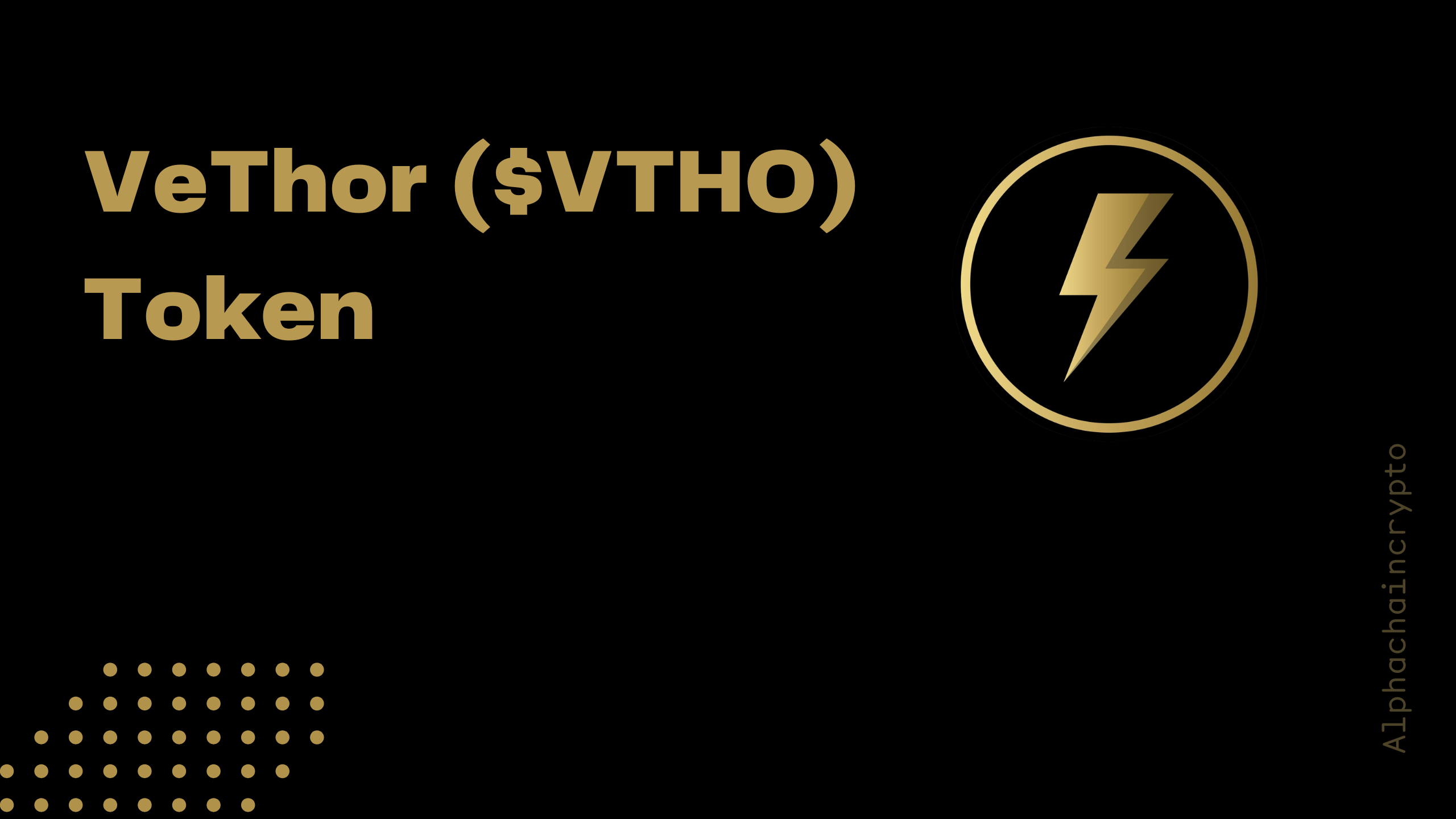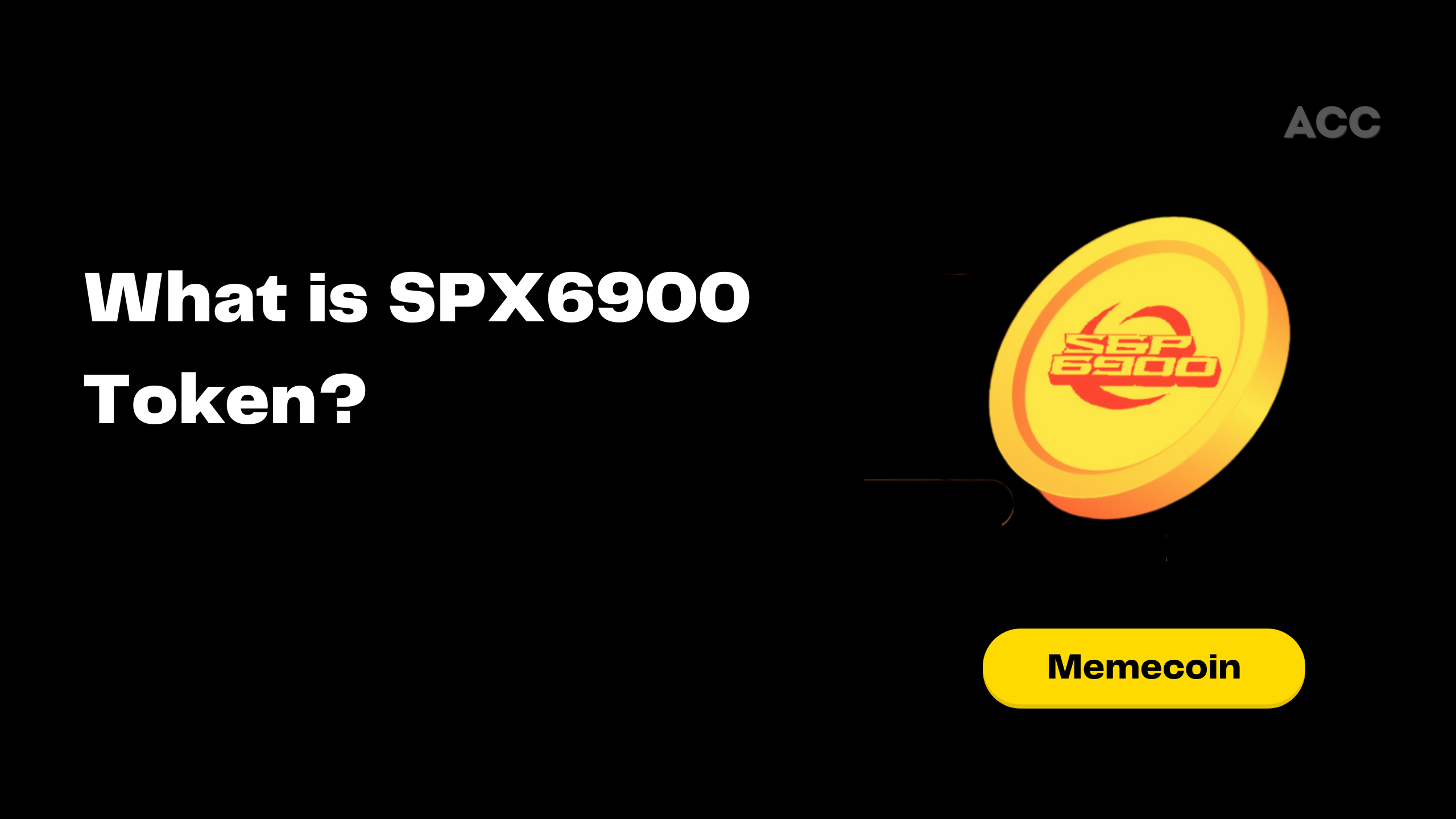In October, daily revenue and gross profit for Bitcoin mining dropped for the fourth consecutive month, according to a recent report. JPMorgan revealed that daily gross profits from block rewards had plummeted to their lowest recent levels.
One of the primary factors impacting mining profits was the record-high mining difficulty reached during October, which has made it harder for miners to generate returns. Bitcoin miners earned approximately $41,800 per exahash per second (EH/s) in daily block reward revenue, a 1% decline from September. The term “hashrate” represents the total computational power dedicated to mining and processing transactions on the Bitcoin network, serving as an indicator of competition and mining difficulty within the industry.
The report also indicated a 2% drop in daily gross profits from block rewards, marking the lowest recorded level in recent history. However, there was a silver lining as transaction fees rose significantly, reaching as much as 60% of the block reward by the end of the month. This increase in transaction fees provided a temporary boost to miners’ daily revenue, referred to as the “hashprice.”
The Bitcoin network’s average hashrate soared to an unprecedented 702 EH/s in October, reflecting a 9% monthly gain. By the month’s end, the seven-day moving average network hashrate was even higher, at 748 EH/s—a 62% increase year-on-year and an 18% rise from September.
Additionally, the market capitalization of 14 publicly traded Bitcoin mining companies that JPMorgan monitors rose by 14% to reach $23.9 billion, led by companies engaged in high-performance computing (HPC) sectors.

A.k.a – alpha girl. Vinita is the founder of Alphachaincrypto. An English Lit Majors, Vinita bumped into Web3 in 2020 only to realise that tech was her calling. Later, Mathreja worked for some notable brands like Near Education, Biconomy, CoinDCX and top of the line crypto start ups.





